How to pronounce boulanger
Do you find the information below useful? If you do, you can get guides like it for 1,000+ French words by downloading this app for your iPhone or iPad.
| l | 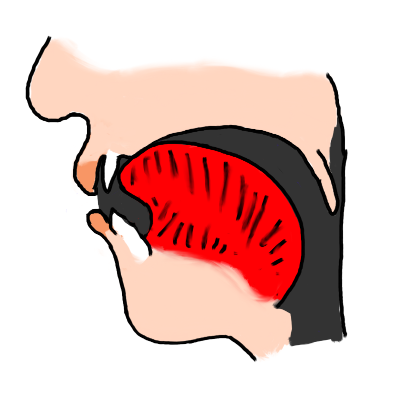 | The French 'l' is similar to the 'l' in English "with Lee". The tongue tip usually touches the back of the upper teeth. It is also a so-called "clear" l: in other words, you don't raise the back of your tongue as you pronounce the French 'l', as occurs in some cases in English. | |
| ə | 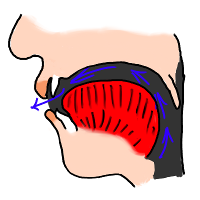 | The 'schwa' or 'neutral e' is pronounced with the tongue in a "central, relaxed" position and the mouth also in a 'half open, relaxed' position. Note that many French speakers actually tend to pronounce this vowel as a 'close eu' vowel (as occurs at the end of words ending in -euse), or at least with some rounding of the lips. | |
| b |  | As with French 'd' and 'g', when you pronounce a French 'b', try to make your vocal cords vibrate all the time your lips are closed (but without the air escaping through your nose as in an 'm' sound). Try to "force some extra air" towards your closed mouth, but without it coming out through your nose. This can take some practice for English speakers! | |
| u |  | The French 'ou' vowel is pronounced with the back of the tongue "pushed up towards" the back of the mouth and the lips rounded. The back of the tongue is not quite as close to the roof of the mouth as in the French 'close o' sound. | |
| l |  | The French 'l' is similar to the 'l' in English "with Lee". The tongue tip usually touches the back of the upper teeth. It is also a so-called "clear" l: in other words, you don't raise the back of your tongue as you pronounce the French 'l', as occurs in some cases in English. | |
| ɑ̃ | 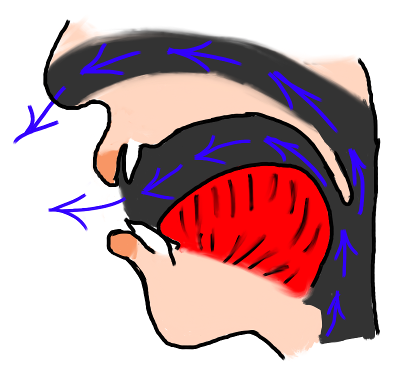 | This vowel is pronounced with the mouth relatively wide open and the tongue quite far towards the back of the mouth (similar to many English speakers' pronunciation of the word "are"). The vowel is nasalized: air escapes through the nose as well as the mouth. | |
| ʒ | 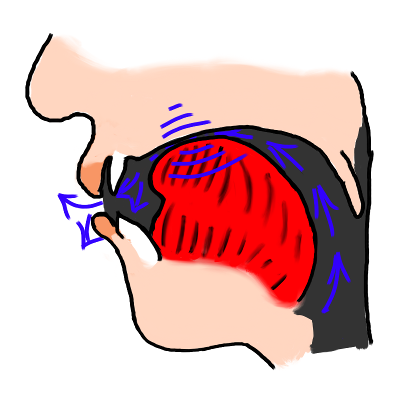 | This sound is the sound represented by the 'g' in "beige", or the 's' in the English word "leisure". | |
| e | 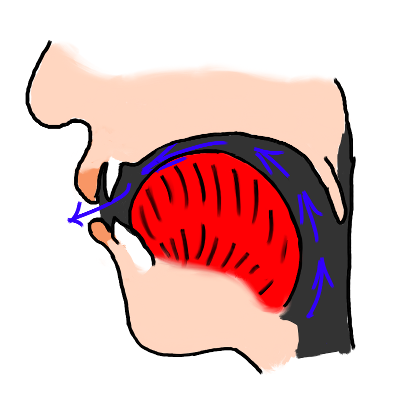 | The French 'close e' vowel, often written é, is pronounced with the tongue almost as far forward in the mouth as it will go, and fairly close to the roof of the mouth. Keep your lips fairly spread and aim to "hold your tongue and lips in position" (to avoid producing it as a "glide" or diphthong) as you pronounce it. |